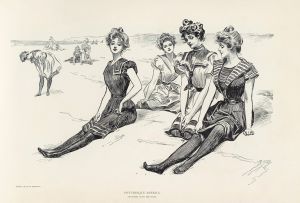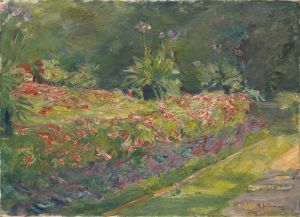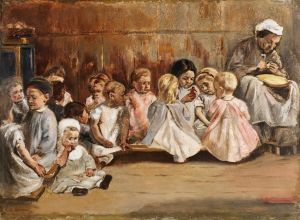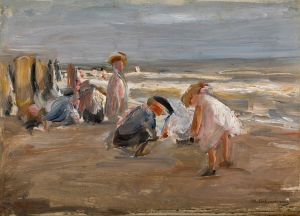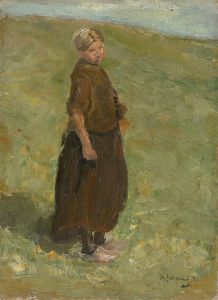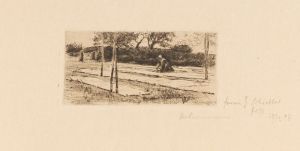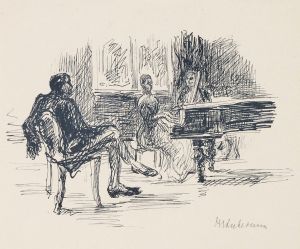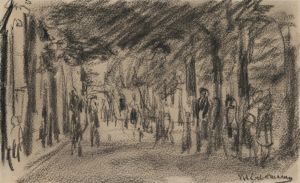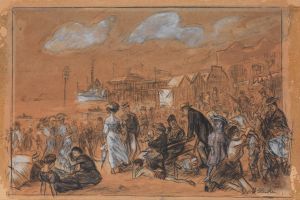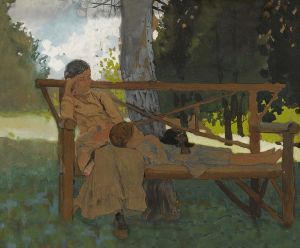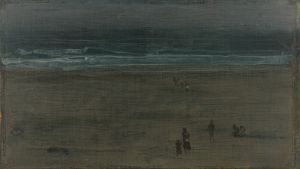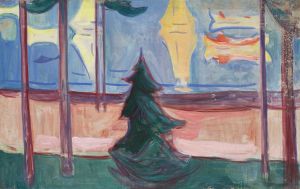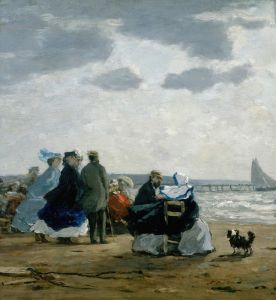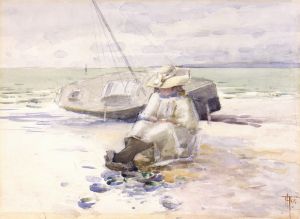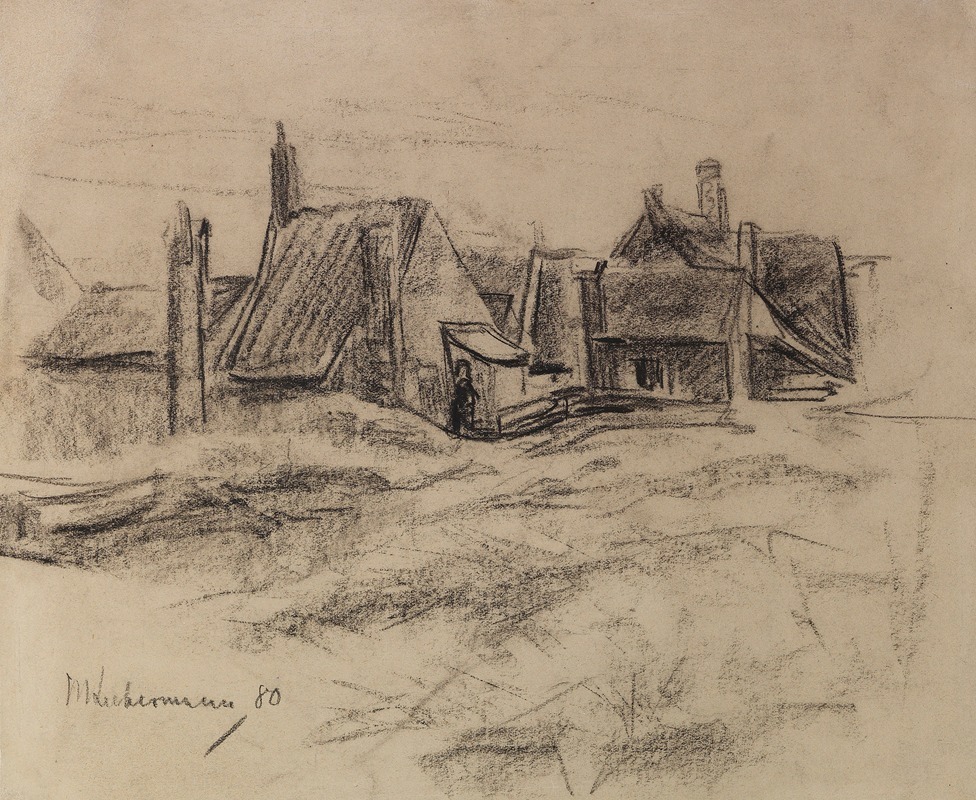
Katwijk
A hand-painted replica of Max Liebermann’s masterpiece Katwijk, meticulously crafted by professional artists to capture the true essence of the original. Each piece is created with museum-quality canvas and rare mineral pigments, carefully painted by experienced artists with delicate brushstrokes and rich, layered colors to perfectly recreate the texture of the original artwork. Unlike machine-printed reproductions, this hand-painted version brings the painting to life, infused with the artist’s emotions and skill in every stroke. Whether for personal collection or home decoration, it instantly elevates the artistic atmosphere of any space.
Max Liebermann, a prominent German painter and one of the leading figures of the Impressionist movement in Germany, created the painting Katwijk during his extensive career. This artwork is part of Liebermann's series of works that depict scenes of everyday life, often focusing on the leisure activities and labor of people in natural or rural settings. The painting is named after Katwijk, a coastal town in the Netherlands, which Liebermann visited frequently and used as inspiration for many of his works.
Liebermann was deeply influenced by the Dutch landscape and the traditions of Dutch Golden Age painting. His visits to the Netherlands, particularly during the late 19th and early 20th centuries, allowed him to study the interplay of light, water, and sky, which became central themes in his art. In Katwijk, Liebermann captures the serene atmosphere of the coastal town, likely portraying its beaches, dunes, or fishing community, which were common subjects in his Dutch-inspired works.
The painting reflects Liebermann's characteristic style, marked by loose brushwork, a muted color palette, and an emphasis on natural light. These elements align with the broader Impressionist movement, which sought to depict the fleeting effects of light and atmosphere. Liebermann's works from this period often balance realism with an impressionistic approach, focusing on the simplicity and beauty of everyday life.
While specific details about the exact composition of Katwijk may not be widely documented, it is known that Liebermann's Dutch scenes often featured figures engaged in daily activities, such as fishermen, women working, or children playing. His ability to convey a sense of tranquility and authenticity in these scenes earned him recognition as a master of capturing the essence of rural and coastal life.
Liebermann's connection to Katwijk and other Dutch locales underscores his admiration for the Netherlands and its artistic heritage. His works from this period not only reflect his personal experiences but also contribute to the broader narrative of European Impressionism, showcasing the cross-cultural influences that shaped the movement.
As with many of Liebermann's paintings, Katwijk exemplifies his dedication to portraying the harmony between humans and their environment, making it a significant piece within his oeuvre.





